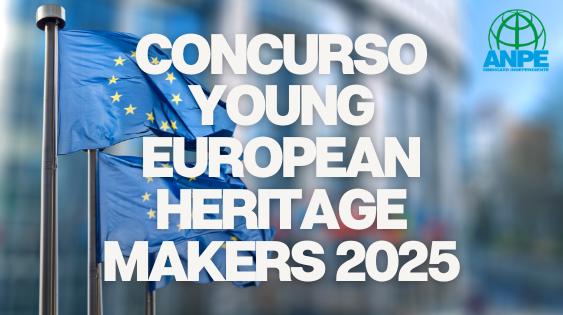The competition “Young Artificers of European Heritage” continues to grow stronger as one of the Council of Europe’s key programs aimed at involving new generations in European Heritage Days. This project aims to give children and adolescents a central role, encouraging them to explore, reflect on, and express what heritage means in their lives.
In its 2025 edition, the contest will address the theme of "Architectural Heritage," encompassing cultural, natural, and digital interpretations. The competition aims to foster interest in local heritage, promoting the active and creative participation of young people.
The participation categories are divided by age groups: children aged 6 to 11 years may submit drawings, photographs, or paintings accompanied by a text of up to 800 words. For adolescents aged 11 to 17, videos of up to three minutes will be accepted, or visual works with the same text limit. The teams must consist of 2 to 4 participants in order to be eligible for the European prizes.
Each project will be guided by a mentor, who will ensure that the authorship belongs primarily to the young participants. The period for submitting papers will be open from September 1 to December 15, 2025.
The winners will have the opportunity to see their stories published on the European website, gaining international visibility. Additionally, children aged 6 to 11 will receive diplomas, while the winning teenagers will travel to Strasbourg in May 2026 to present their project at the Council of Europe.
The competition offers numerous benefits, such as motivation for students, cross-curricular learning across different subjects, and the development of key competences, including creativity, communication, and cultural awareness. In addition, it grants European visibility to the projects and institutional prestige to the participating educational centers.
Previous experiences, such as the project 'The pot that saves the planet' from Onda, Castellón, have demonstrated the potential of this initiative to combine heritage with creativity and sustainability. Another example is "Guardians of Heritage in La Rioja," where schoolchildren explored and shared their local heritage through various artistic activities.
With this contest, the Council of Europe not only seeks to enrich education, but also to connect future generations with their heritage, fostering a shared cultural identity at the European level.
Press release from ANPE.



